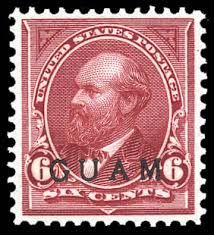Guam is an organized, unincorporated territory of the United States in the Micronesia subregion of the western Pacific Ocean. It is the largest and southernmost of the Mariana Islands and the largest island in Micronesia. People born in Guam are American citizens by birth.
Indigenous Guamanians are the CHamoru, historically known as the Chamorro, who are related to the Austronesian peoples of Indonesia, the Philippines, Taiwan, Micronesia, and Polynesia. As of 2021, Guam’s population is 168,801. CHamorus are the largest ethnic group, but a minority on the multi-ethnic island.
The CHamoru people settled the island approximately 3,500 years ago. Portuguese explorer Ferdinand Magellan, while in the service of Spain, was the first European to visit the island on March 6, 1521. Guam was colonized by Spain in 1668. Between the 16th and 18th centuries, Guam was an important stopover for the Spanish Manila Galleons. During the Spanish–American War, the United States captured Guam on June 21, 1898. Under the Treaty of Paris, signed December 10, 1898, Spain ceded Guam to the U.S. effective April 11, 1899.
Before World War II, Guam was one of five American jurisdictions in the Pacific Ocean, along with Wake Island in Micronesia, American Samoa and Hawaii in Polynesia, and the Philippines. On December 8, 1941, hours after the attack on Pearl Harbor, Guam was captured by the Japanese, who occupied the island for two and a half years. During the occupation, Guamanians were subjected to forced labor, incarceration, torture and execution. American forces recaptured the island on July 21, 1944, which is commemorated as Liberation Day.





